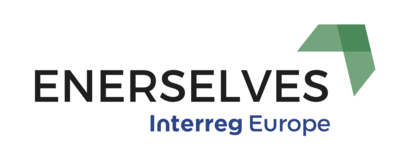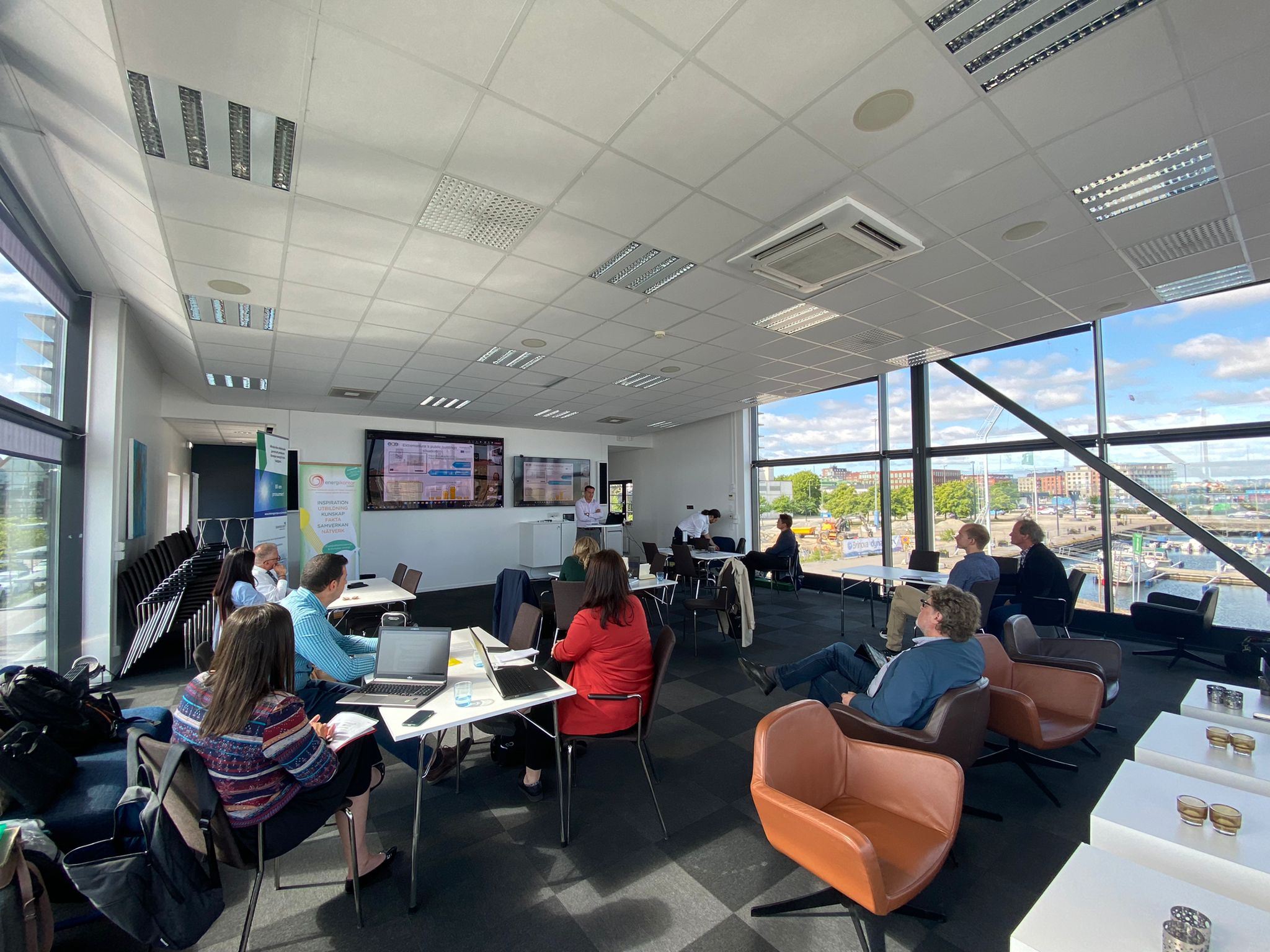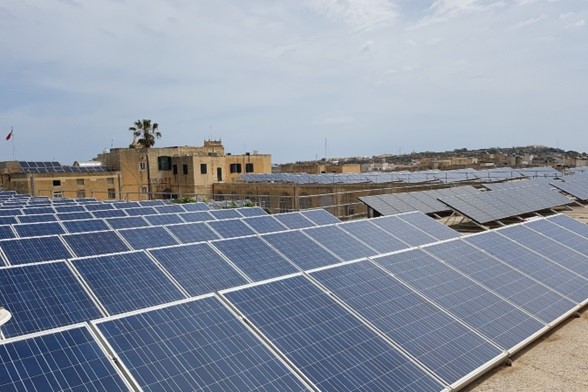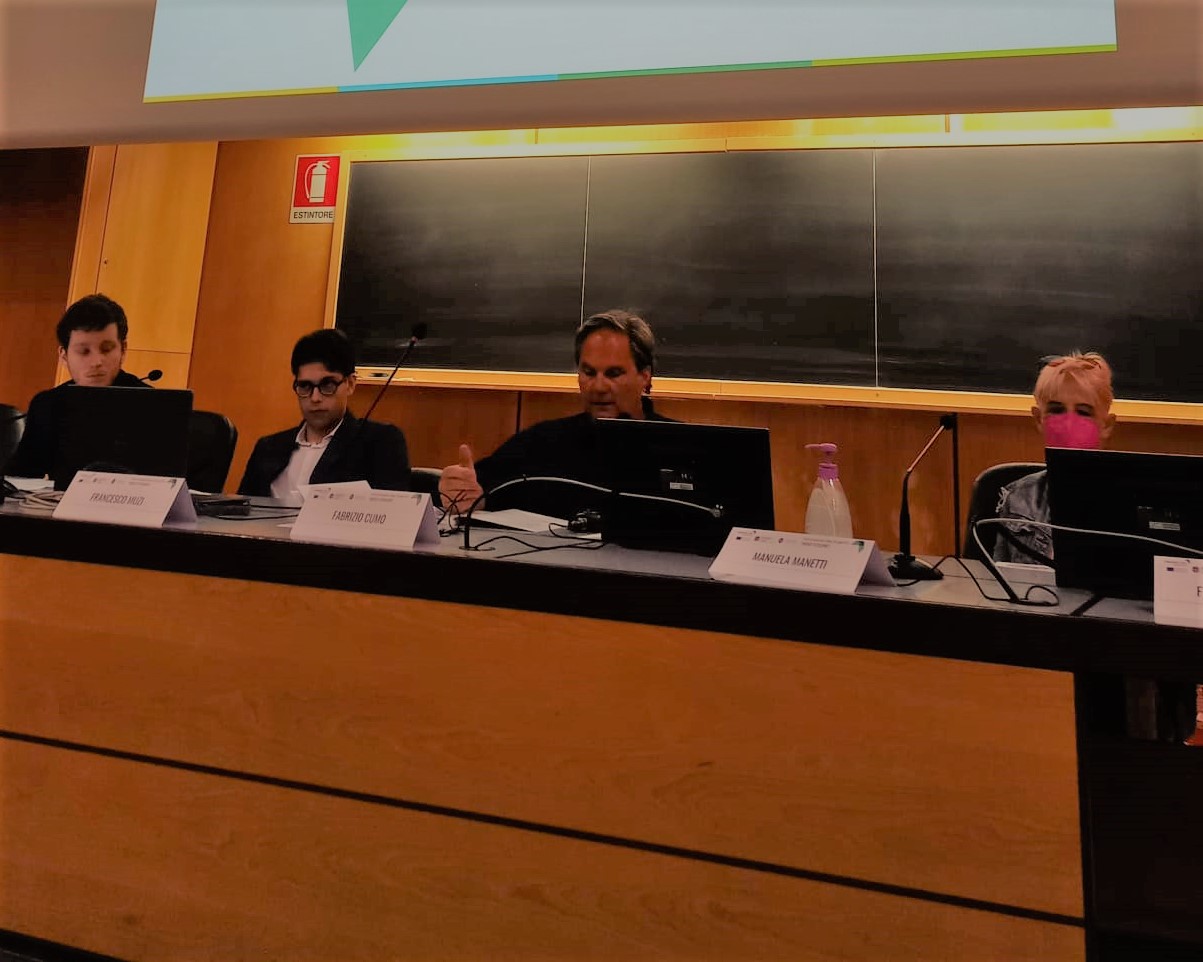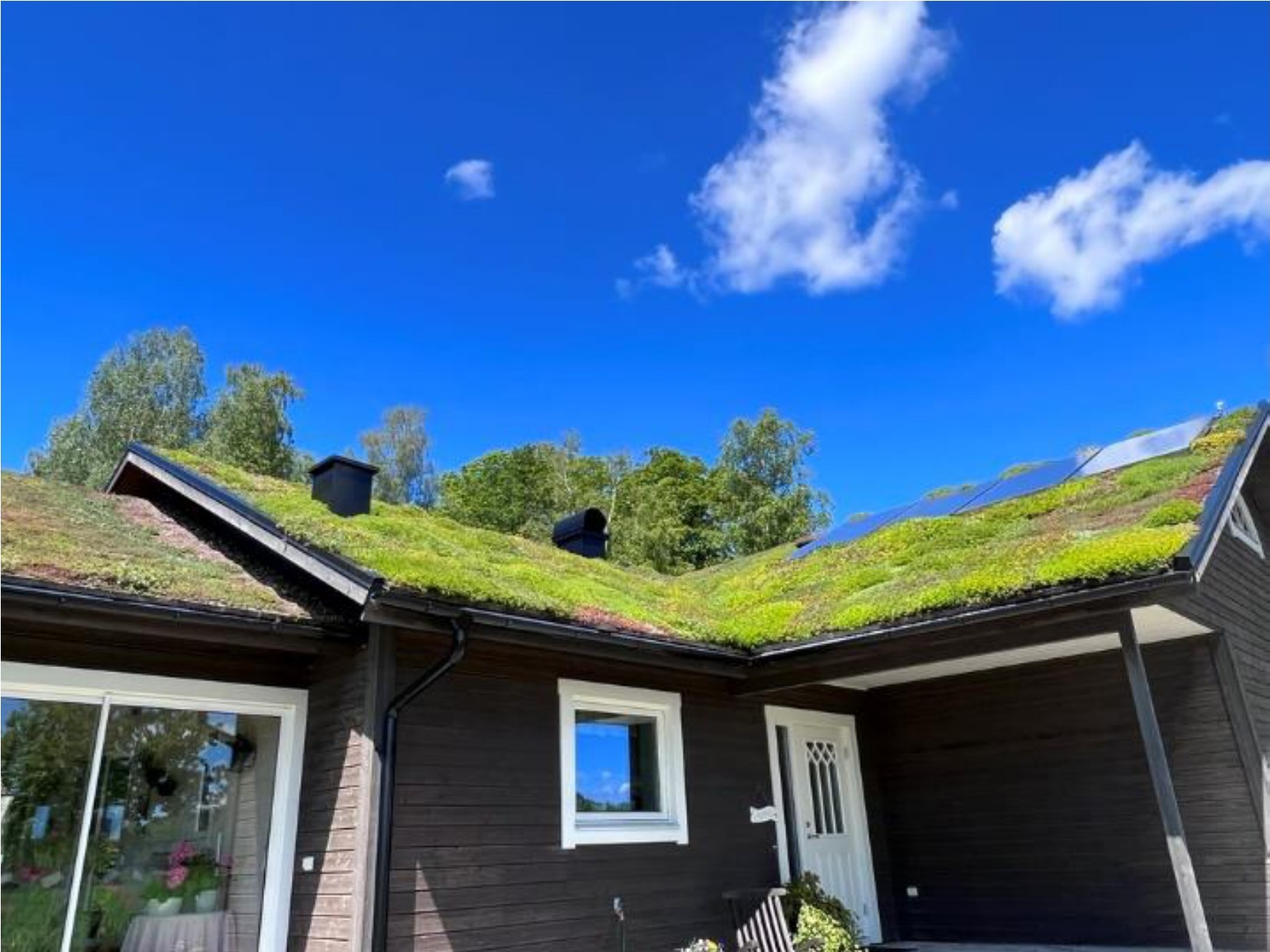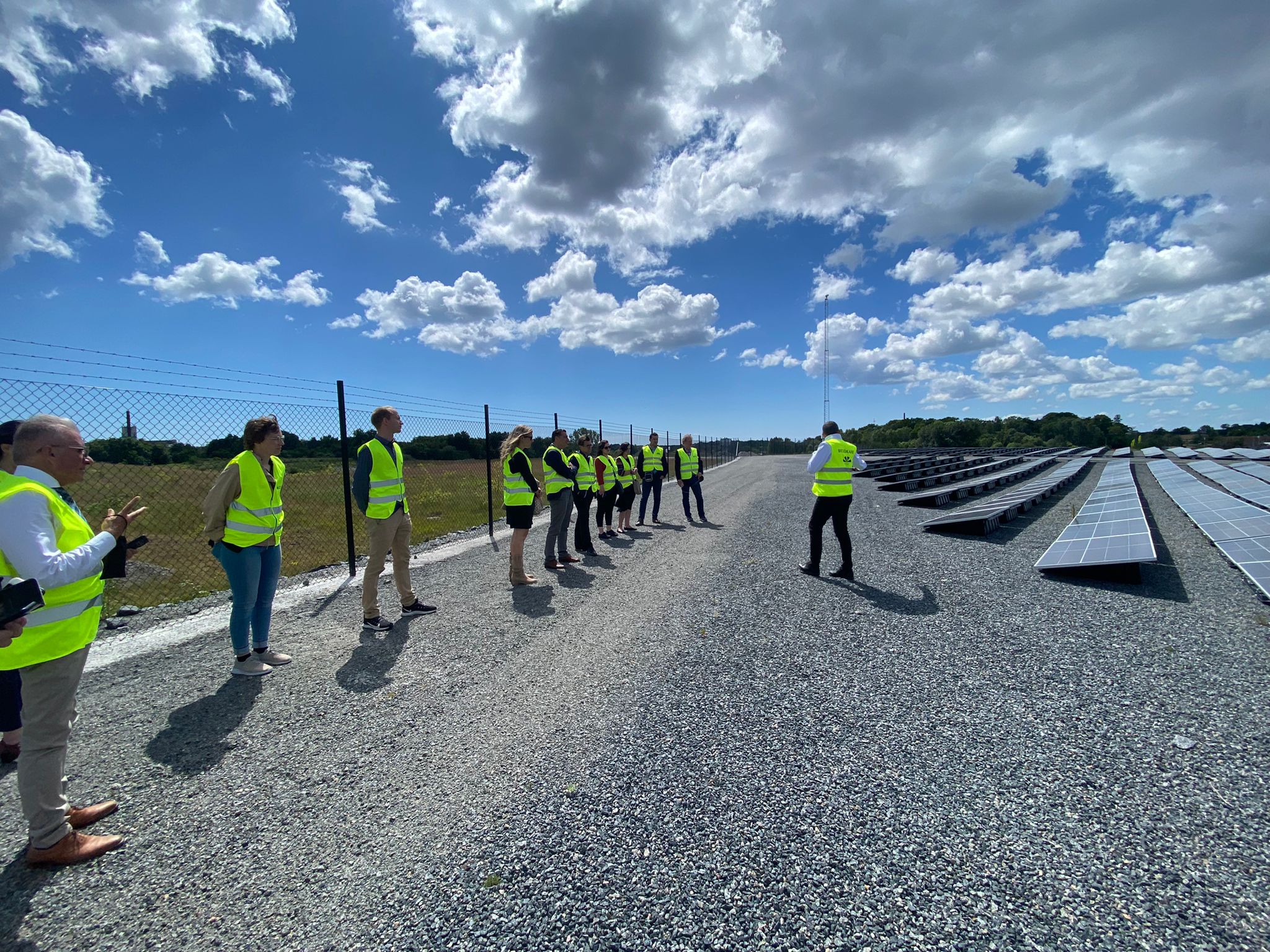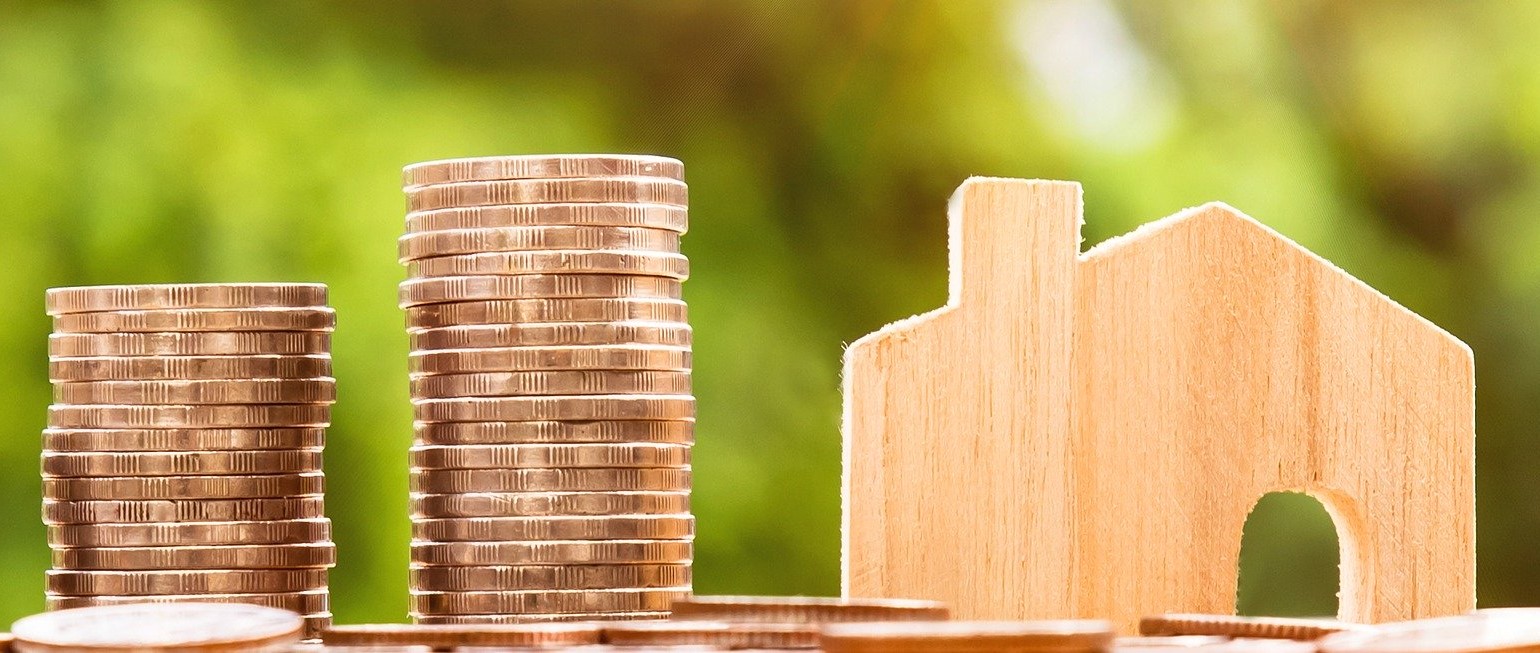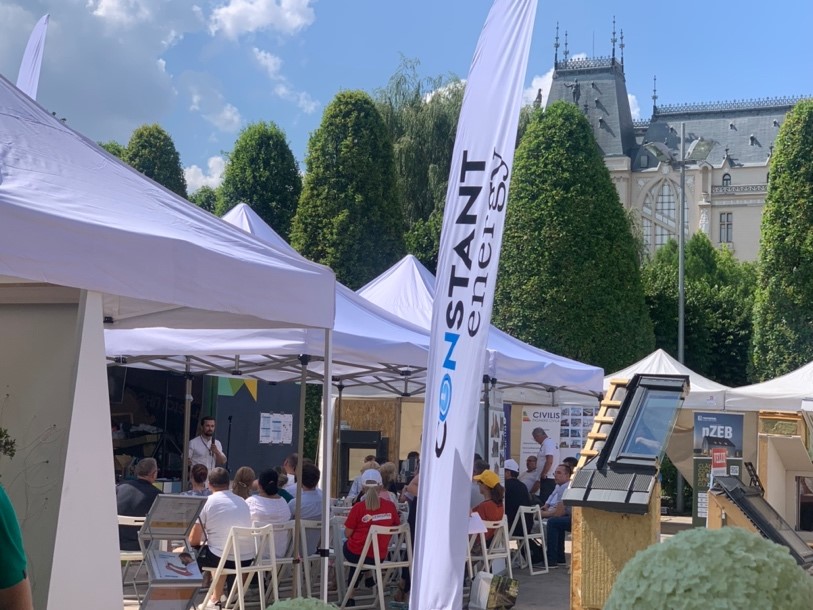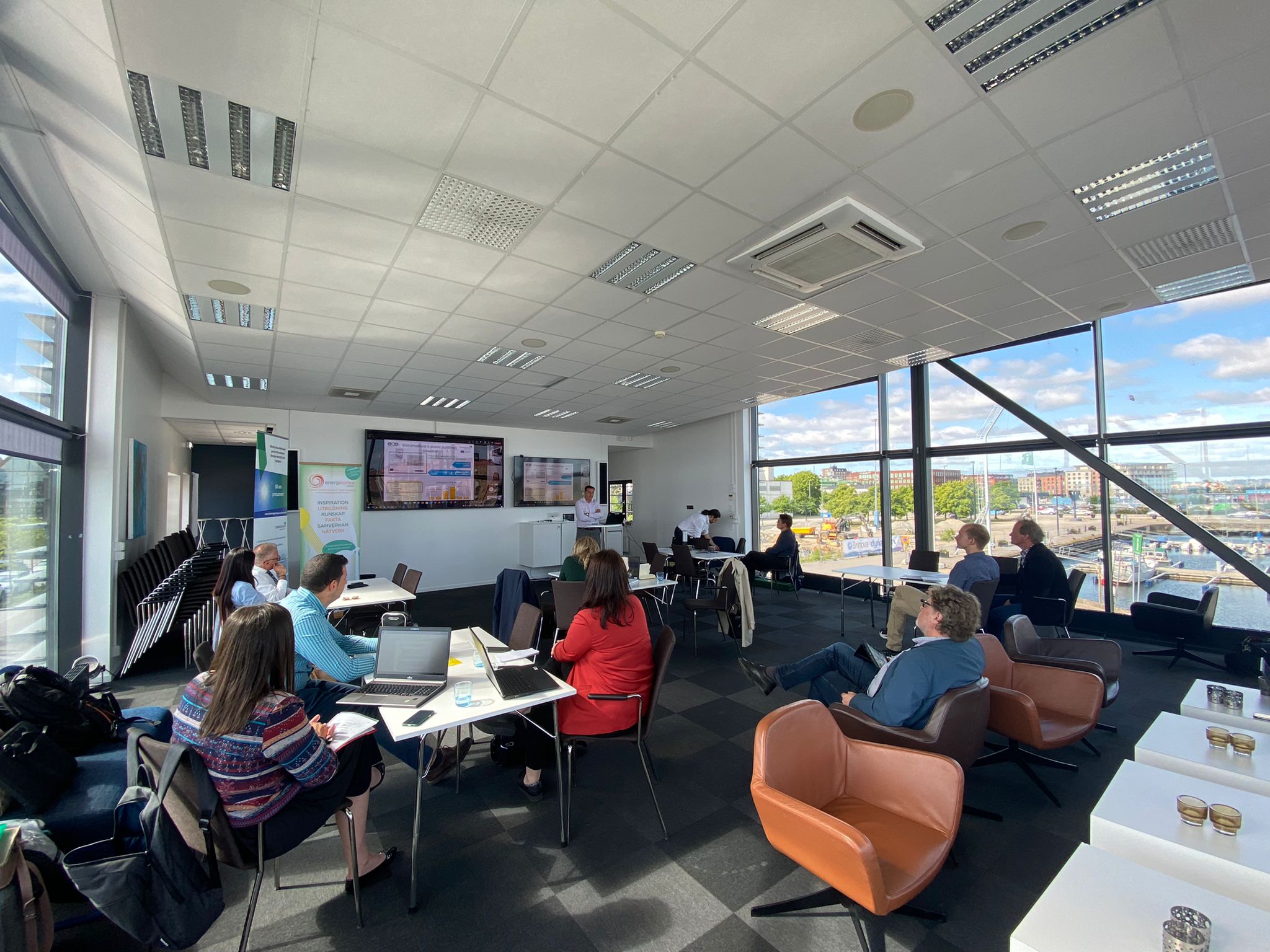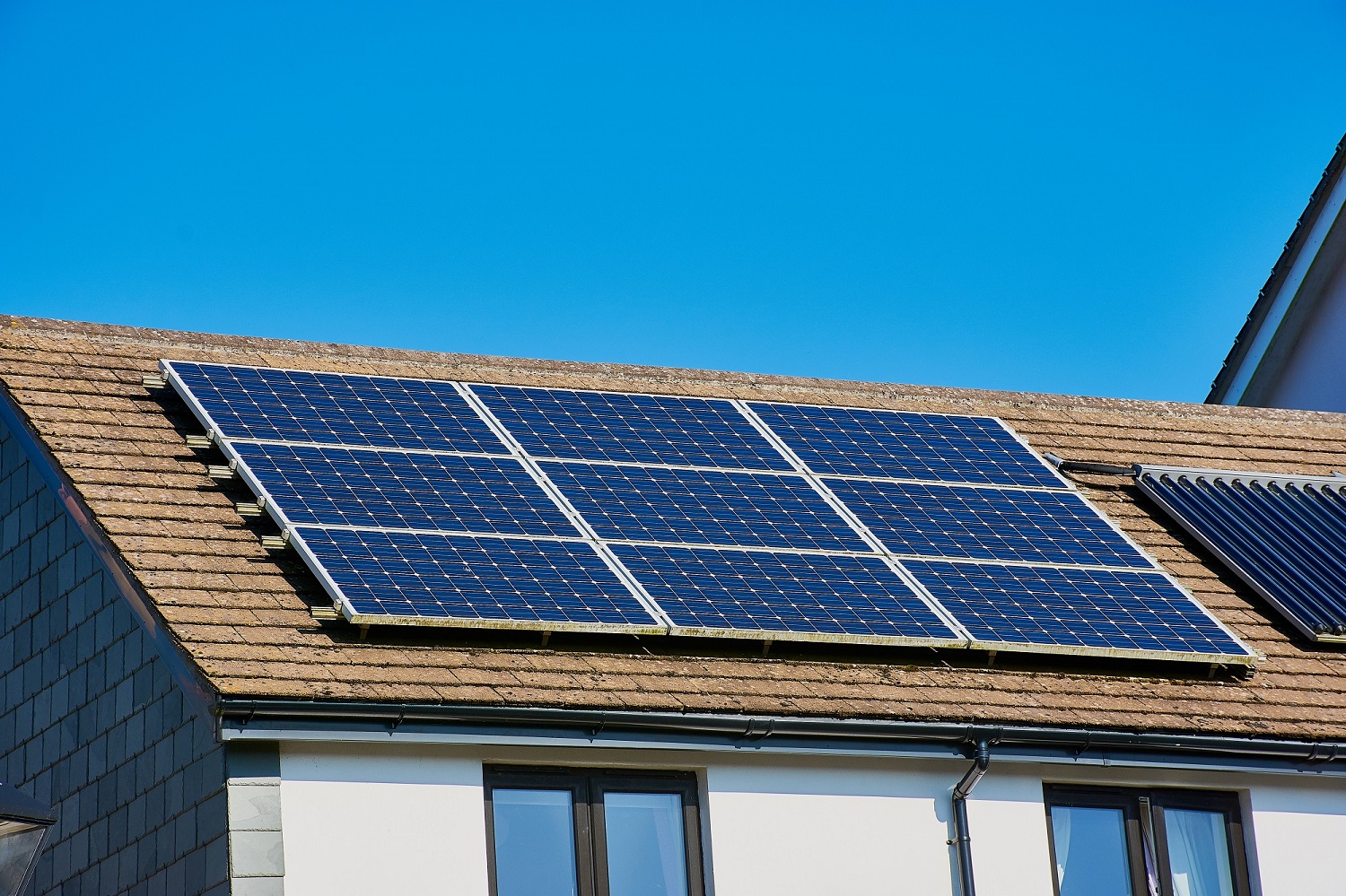Last week, 600 solar panels were raised on the roof of the Stockholm Royal Castle. Now follows a month of work with the installation to make the solar plant operational on June 1st. Then it will produce about 170 MWh per year. This corresponds to at least 12 percent of the castle's annual electricity consumption.

The king of Sweden owns and assembles solar cells at the castle. Photo: The State Property Agency
The king has a great environmental interest and has previously expressed the wish to be able to produce own renewable energy with solar cells. The idea of producing electricity with solar cells at the Stockholm Castle was already born in 2010. Since the castle is a historic building with very high cultural values, it was not obvious that the licensing authority, the Swedish National Heritage Board, would say yes. «After many discussions about pros and cons, we agreed that we would set up a sample area on a small part of the Northern Lines. First, to see how the solar panel would look in place, but also to see what effect could be achieved», says Lotta Günther, property manager at the State Property Agency.
The test site would be up to 2016 in order to be evaluated. Then the decision was taken on the new venture. The state property agency then decided to, as a symbolic gift, hand over the upcoming solar cell facility as a 70th anniversary to H.M. The king It is part of the State Property Agency and Kungl. The Hove States work on sustainability issues.
The roof of the castle is perfect for solar cells
Generally, it can be difficult to install solar cells on cultural-historical buildings for aesthetic reasons. That's why it's extra exciting that a building with as much symbolic value as the royal castle will be able to install solar cells. The Riksantikvarie Committee has approved the project. This is partly due to the fact that Stockholm's castle has a roof that causes the solar cells to not affect the visual experience of the building.
«Because the castle has a pulpet roof with flat slope, the solar panels will not be visible, either from the courtyard or from anywhere else. The only time you have the opportunity to see the solar panels are from the air, if you fly over Stockholm on landing for example. We are pleased to note that the Stockholm Palace has now become a symbol of the importance of sustainability for Sweden», said Erik Kampmann, director of the castle and head of Stockholm Palace Management.
Twelve percent of the castle's annual electricity production
 The plant consists of about 600 panels with a total area of approximately 1,000 sqm. The solar cells will be placed on the entire northern side of the roof, as well as on the north of the west and east long ceilings.
The plant consists of about 600 panels with a total area of approximately 1,000 sqm. The solar cells will be placed on the entire northern side of the roof, as well as on the north of the west and east long ceilings.
Solar cells are raised on the roof of the castle. Photo: The State Property Agency
«The plant will generate an annual output of approximately 170 MWh, which corresponds to at least twelve percent of the castle's total electricity consumption. According to the Energy Agency, all solar power over ten percent is good and worth investing in from a social perspective», says Lotta Günther.
Great interest in solar cells
Hovet shares the interest in producing its own electricity via solar cells with many other Swedes. According to a survey conducted by the SOM institute a couple of years ago, eight out of ten wanted more energy to be invested in solar energy. And in a survey conducted by the Swedish Real Estate Agency, almost two thirds of respondents responded, 64 percent, that soles were the energy form that would most preferably be in the home.
Source and more information:
http://news.cision.com/se/statens-fastighetsverk/r/nu-monteras-solcellspaneler-pa-stockholms-slott,c2500310http://news.cision.com/se/statens-fastighetsverk/r/nu-monteras-solcellspaneler-pa-stockholms-slott,c2500310
www.dn.se/sthlm/solenergi-pa-slottet-ligger-i-tiden-okar-i-hela-sverige/
